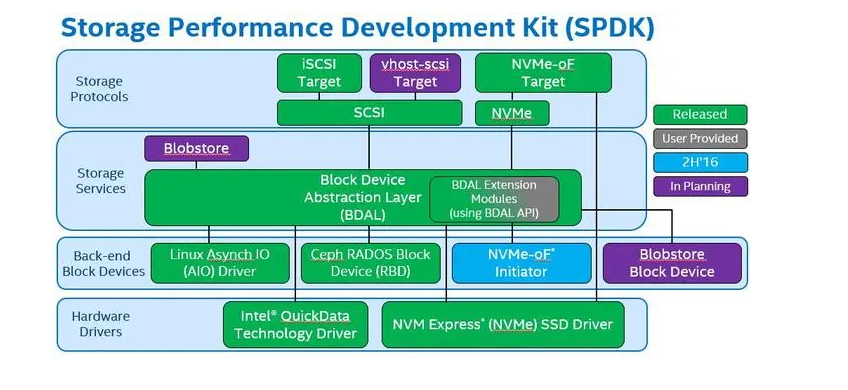使用Istio进行流量管理,可以按照以下步骤进行:
- 部署示例应用程序
在Kubernetes中部署示例应用程序。例如,可以使用类似以下的YAML配置文件来创建Deployment和Service资源对象:
apiVersion: apps/v1
kind: Deployment
metadata:
name: myapp-deployment
spec:
replicas: 3 # 副本数为3个,可根据实际情况调整。
selector:
matchLabels:
app: myapp-label # 标签名称为myapp-label。
template:
metadata:
labels:
app: myapp-label # 标签名称为myapp-label。
spec:
containers:
- name: myapp-container
image: <DOCKER_IMAGE_NAME>:<TAG>
ports:
- containerPort: 8080 # 应用程序监听的端口号为8080。
---
apiVersion: v1
kind: Service
metadata:
name: myapp-service
spec:
selector:
app: myapp-label # 标签名称为myapp-label。
ports:
- name: http-port
port: 80 # 访问服务时使用的端口号。
targetPort: 8080 # 实际转发到容器中的端口号是8080。
其中,<DOCKER_IMAGE_NAME>和<TAG>分别是应用程序打包成Docker镜像后的名称和标签。
- 创建Gateway和VirtualService资源对象
创建Gateway和VirtualService资源对象来配置Istio流量管理。例如:
apiVersion: networking.istio.io/v1alpha3
kind: Gateway
metadata:
name: myapp-gateway
spec:
selector:
istio: ingressgateway
servers:
- hosts:
- "myapp.example.com" # 访问该应用程序使用的域名或IP地址。
port:
name: http-port
number: 80 # 访问服务时使用的端口号。
---
apiVersion: networking.istio.io/v1alpha3
kind: VirtualService
metadata:
name: myapp-virtualservice
spec:
hosts:
- "myapp.example.com" # 访问该应用程序使用的域名或IP地址。
gateways:
- myapp-gateway # 关联上述定义的Gateway对象。
http:
- route:
- destination:
host: myapp-service # 关联上述定义的Service对象。
port:
number: 80 # 实际访问容器中应用程序所使用的端口号是80。
其中,myapp.example.com是访问该应用程序使用的域名或IP地址。
- 配置Istio流量规则
配置Istio流量规则来控制如何将流量路由到不同版本、环境和地理位置等目标。例如:
apiVersion: networking.istio.io/v1alpha3
kind: DestinationRule
metadata:
name: myapp-destinationrule
spec:
host: myapp-service # 目标主机为myapp-service Service对象名称。
subsets:
- name: v1-subset # 将所有标签为version=v1的Pod分配给v1-subset。
labels:
version: v1
- name: v2-subset # 将所有标签为version=v2的Pod分配给v2-subset。
labels:
version: v2
---
apiVersion: networking.istio.io/v1alpha3
kind: VirtualService
metadata:
name: myapp-virtualservice
spec:
hosts:
- "myapp.example.com" # 访问该应用程序使用的域名或IP地址。
gateways:
- myapp-gateway # 关联上述定义的Gateway对象。
http:
- route:
- destination:
host: myapp-service # 关联上述定义的Service对象。
weight: 100 # 所有流量都路由到v1版本,权重为100%。
- destination:
host: myapp-service # 关联上述定义的Service对象。
subset: v2-subset
weight: 0 # 所有流量都不路由到v2版本,权重为0%。
其中,DestinationRule用于配置目标主机和子集信息,而VirtualService则用于配置如何将流量路由到这些目标主机和子集。在以上示例中,将所有流量都路由到v1版本,并且不进行负载均衡;而对于v2版本,则将其权重设置为0%,表示不进行任何访问。
- 验证部署结果
完成以上步骤后,即可验证Istio流量管理是否生效。可以通过Istio Dashboard等工具查看监控信息,或者直接访问应用程序的域名或IP地址进行验证。 内容由零声教学AI助手生成,来源于学员提问





















